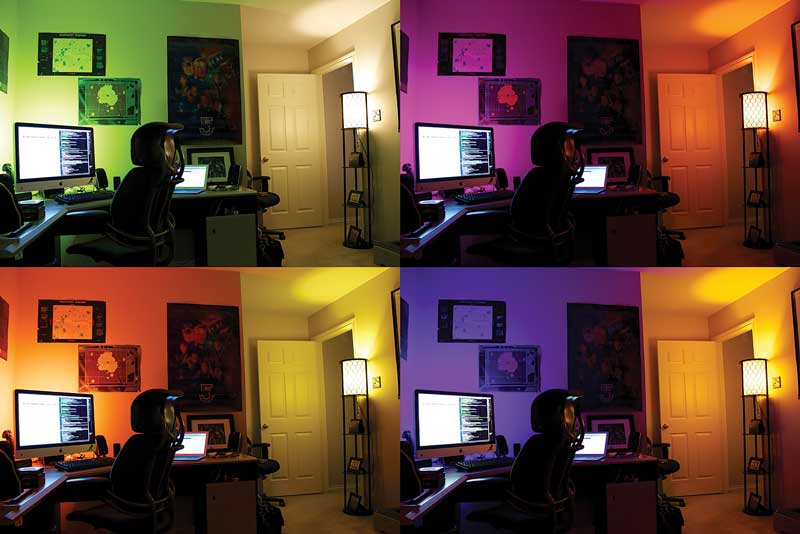Light, Color, and How It Affects Our Mood
Sometimes we can feel unhappy in certain rooms or areas of our home, but can’t really come up with a logical explanation as to why this is.

The reason behind your mood changes and depressed emotions could, however, be due to the lighting in your home. Why not update your current lighting solutions in order to avoid some of the affects listed below?
- Poor lighting can cause eye fatigue and headaches, which make us feel depressed or ill in the space constantly.
- Poor natural lighting can trigger depression and actually has a negative effect on our immune systems.
- Bright lighting stimulates our mind (which is why it’s great for task illumination) whilst dim illumination quiets our senses and can actually make us feel drowsy (which is why it’s great for the bedroom).
- Dim lighting and harsh contrast can cause us to strain our eyes when being used in place of task illumination.
- Excessive artificial lighting can cause rooms to appear overly bright, which actually hurts our eyes and can cause us to feel nervous and on edge in the space.
- Insufficient lighting can cause us to suffer emotional stress and even physical illness if we are exposed for long periods of time.
- Natural lighting through windows and skylights has calming effects on our minds and emotions.
- Uncovered globes can actually cause irritation (to both our eyes and our mood), as well as disturbing the harmony of the space.
As you can see, too much artificial lighting or illumination that is insufficient for the task at hand can cause some serious side effects. When choosing lighting for the different areas of your home, you need to choose carefully, as it will have an impact on your emotional and physical health – use globes that simulate daylight wherever possible, use shades over globes wherever possible, and never use dim fixtures where tasks are regularly completed (such as the kitchen).
By carefully selecting each and every lighting solution for your home or workplace, you could even improve the moods of the people who frequently use those spaces. Noticed that your employees appear to be overly stressed? Utilize more natural lighting in the workplace to boost their happiness and relaxation. Noticed that your kids are complaining that their eyes hurt? Utilize lampshades to protect their little eyes from the harsh glow of task lighting. In this way, your space will affect your mood and emotions in a more positive way.
If you want to increase productivity and promote a positive environment, short blue wavelengths are the best. Using blue light during the day helps prevent or reduce feelings of depression and anxiety
Red Light
Rodents exposed to red light at night seem less depressed than those exposed to the other colors of light. Possibly, red light has a lesser effect on circadian rhythms, making it an excellent choice for evening lighting. It is even noticed, one exposed to red and green lights, followed by a period of darkness, were mostly to have higher levels of emotional arousal, which translate into better moods.
Blue and White Lights
Blue light has the strongest impact—even in those who are blind. Blue and white light reduced sleepiness, elevated body temperatures, increase attentiveness and helped improve memory. Exposure to blue light in the early parts of the day can increase energy levels and reduce the after-lunch energy crash.
How Can Light Color Be Used to Improve Health?
The best color of light depends on your goals. If you want to increase productivity and promote a positive environment, short blue wavelengths are the best. Using blue light during the day helps prevent or reduce feelings of depression and anxiety, which is particularly beneficial to those who experience seasonal affective disorder.
To support good sleep hygiene, it’s best to limit your exposure to blue light before bed and throughout the night. Those who have difficulties falling asleep might benefit from reducing the use of devices that emit blue light at night, such as computers, smartphones, television and tablets. It is also wise to use red night-lights to minimize the interruption to your circadian rhythm if you briefly get up in the middle of the night and require illumination.
By using the right light colors at the right time of day, you’ll boost your body’s ability to remain alert and active when it’s appropriate, and wind down at the end of the day.


